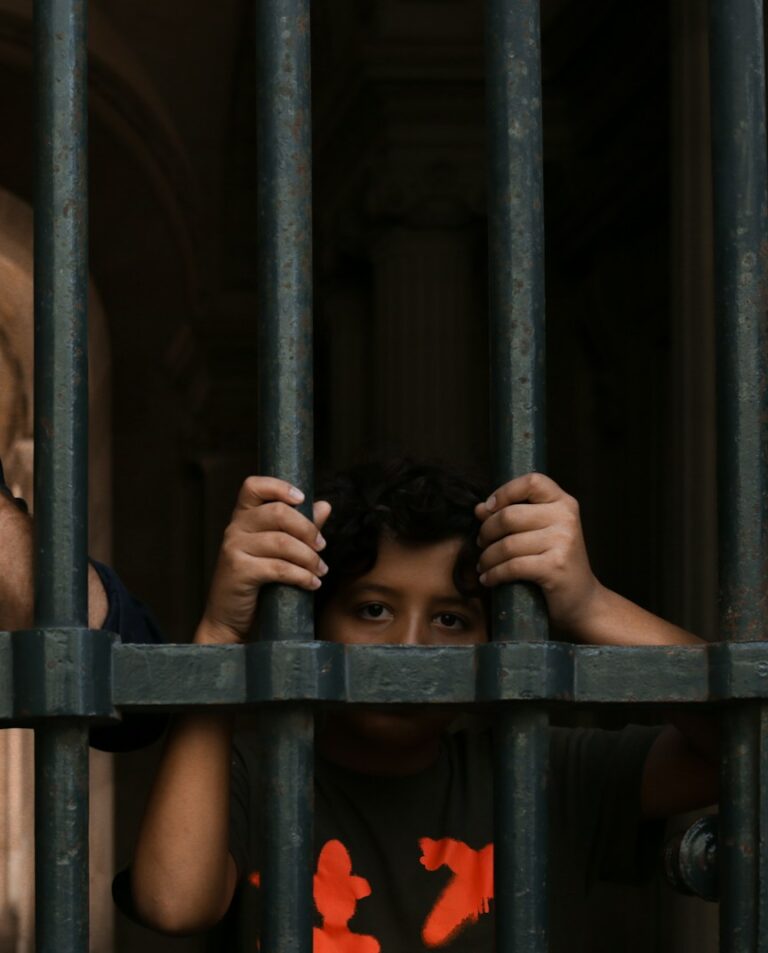**Key Takeaways**
– Immigration and Customs Enforcement (ICE) raids in Los Angeles sparked large protests over the weekend.
– Some protests turned violent, leading President Trump to deploy the National Guard and Marines to the city.
– A curfew was imposed to address vandalism and looting.
– Opinions are divided on whether the protests were peaceful or if Trump’s actions made things worse.
—
**LA Erupts in Chaos: ICE Raids Spark Protests and Military Response**
Los Angeles is in turmoil after a series of ICE raids led to massive protests across the city. The situation took a dangerous turn when some demonstrations turned violent, prompting President Trump to send in the National Guard and Marines. To curb the chaos, the city also implemented a nighttime curfew.
The raids, which happened over the weekend, targeted undocumented immigrants. They were part of a broader effort by the federal government to enforce immigration laws. However, the operations sparked outrage among residents and activist groups, who view the raids as unfair and harmful to families.
**Protests Erupt Across the City**
From downtown LA to neighborhoods like East LA and Koreatown, thousands of people took to the streets. Many carried signs, chanted slogans, and called for an end to ICE raids. While most protests were peaceful, some turned violent. Videos surfaced of clashes between protesters and law enforcement, with reports of vandalism and looting.
In response, President Trump announced the deployment of the National Guard and Marines to restore order. The decision was met with sharp criticism from some, who argue that sending military forces escalates tensions. Others, however, support the move, saying it was necessary to protect public safety.
**Curfew Imposed to Curb Violence**
As the situation grew more volatile, Los Angeles officials imposed an overnight curfew. The curfew, which started on Tuesday, prohibits people from being outdoors during late hours unless necessary. Authorities hope this will reduce vandalism and looting.
However, the curfew has sparked its own debate. Some residents feel it restricts their rights and freedoms, while others see it as a necessary step to prevent further violence.
**Divided Opinions on the Protests**
The situation in LA has fueled a heated national debate.
On one side, voices on the left argue that the protests were mostly peaceful until Trump sent in the military. They claim the president’s actions escalated the situation and put more lives at risk. Activists and some local leaders are calling for an end to ICE raids, saying they tear families apart and create fear in immigrant communities.
On the other side, voices on the right defend Trump’s decision. They argue that the president had no choice but to act after seeing violence and destruction. Supporters say the military presence was needed to protect businesses and residents from looters.
**What’s Next?**
The situation in Los Angeles remains tense. As the city navigates the aftermath of the raids and protests, many questions remain unanswered. Will the curfew stay in place? How long will the National Guard and Marines remain in the city? And what does this mean for the future of immigration enforcement in the U.S.?
One thing is clear: the events in LA highlight the deep divide in the country over immigration policies. While some see the raids as a necessary step to enforce the law, others view them as inhumane and counterproductive. The clash of opinions is unlikely to fade anytime soon.
As the city moves forward, residents and leaders alike are calling for calm and dialogue. The hope is that cooler heads will prevail and that a peaceful resolution can be found. Until then, Los Angeles remains a city on edge.









